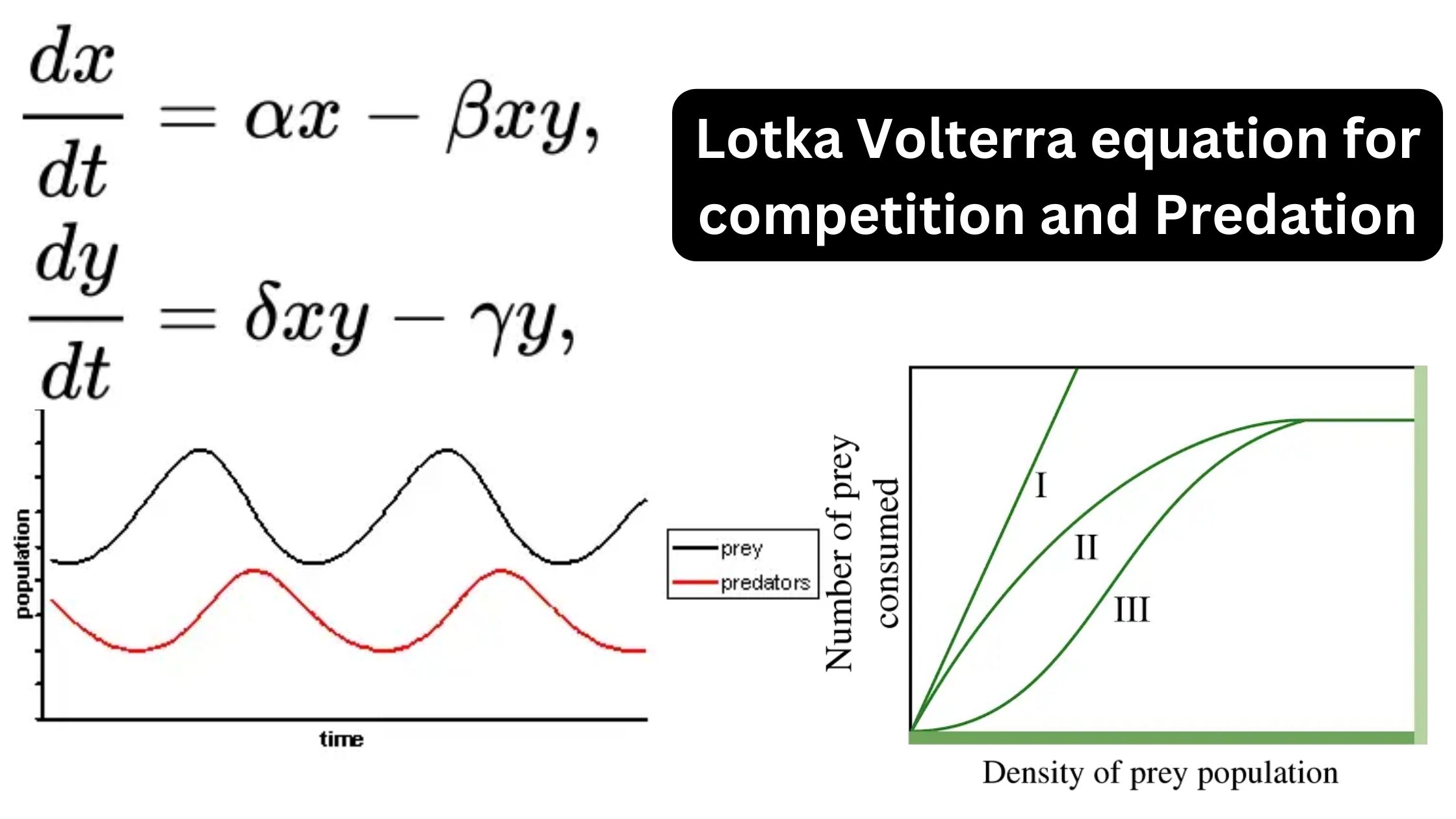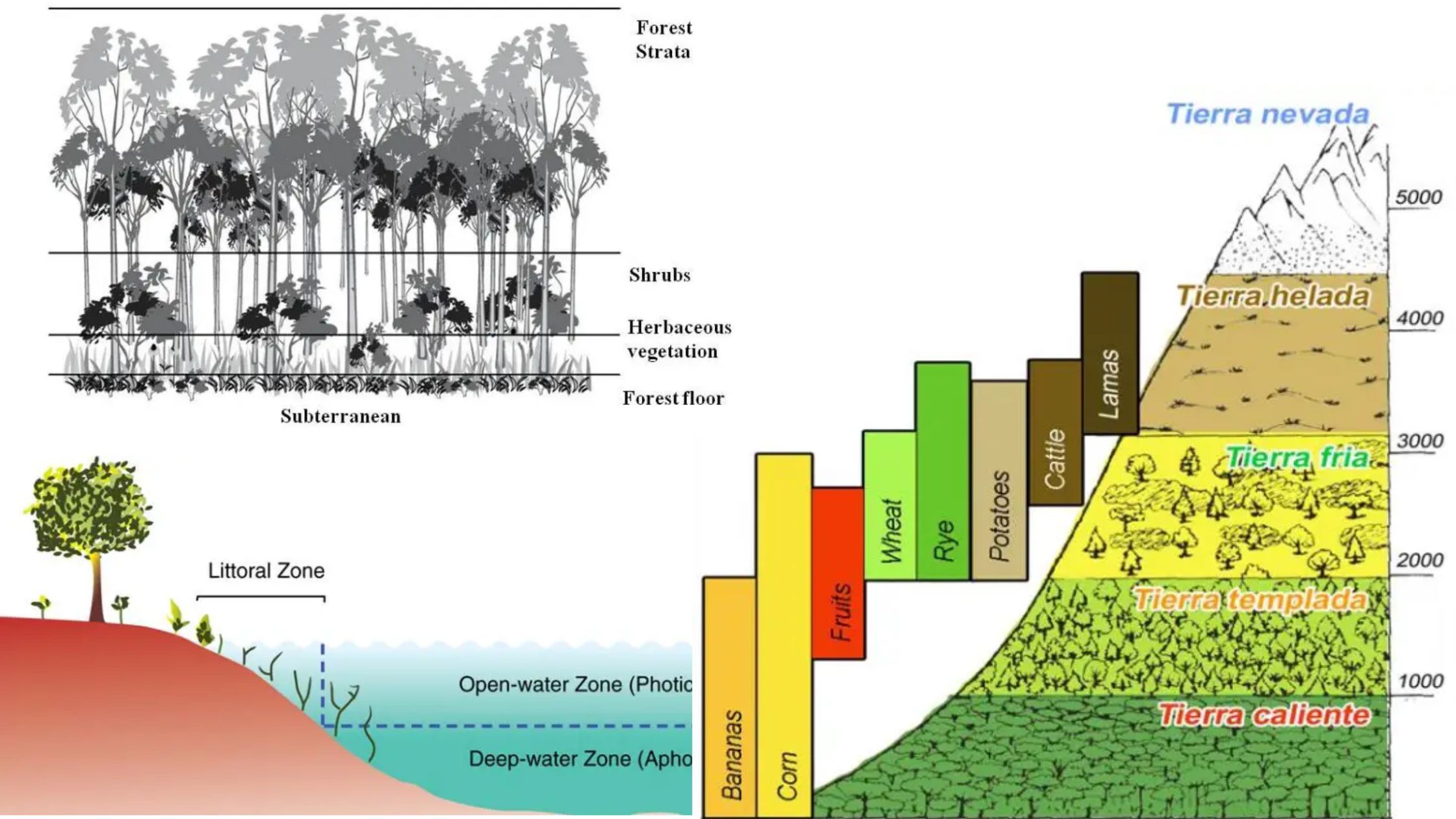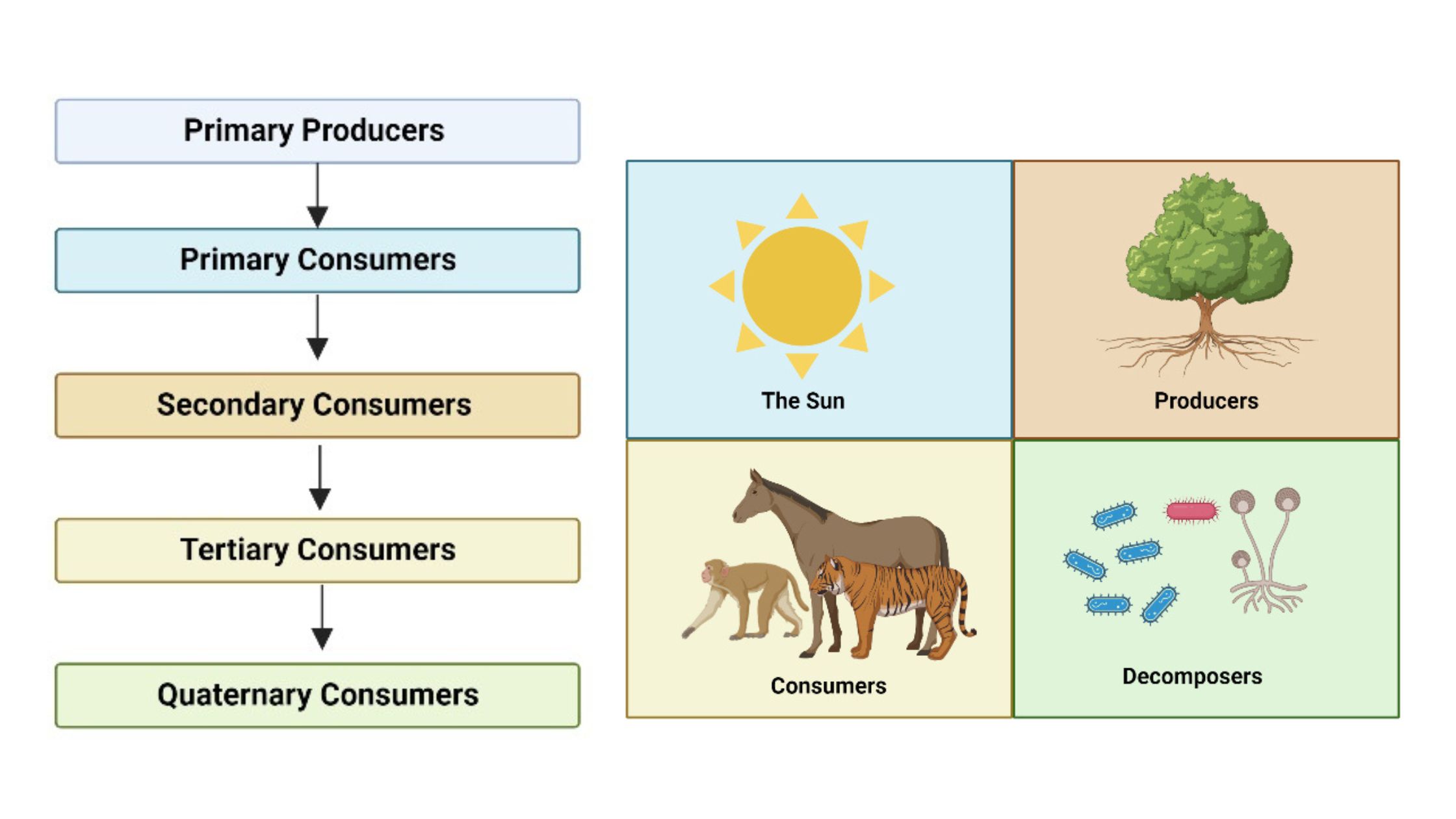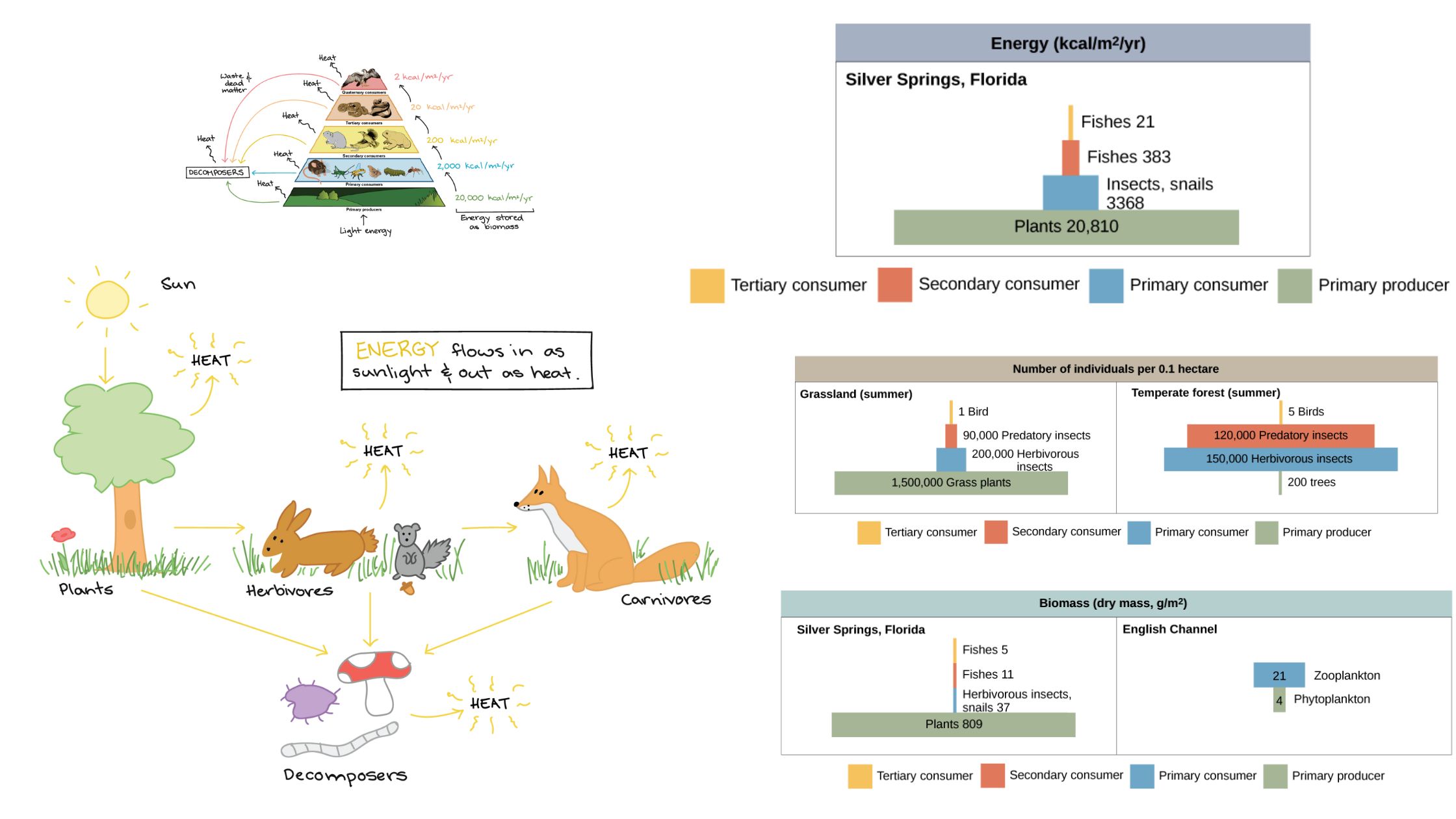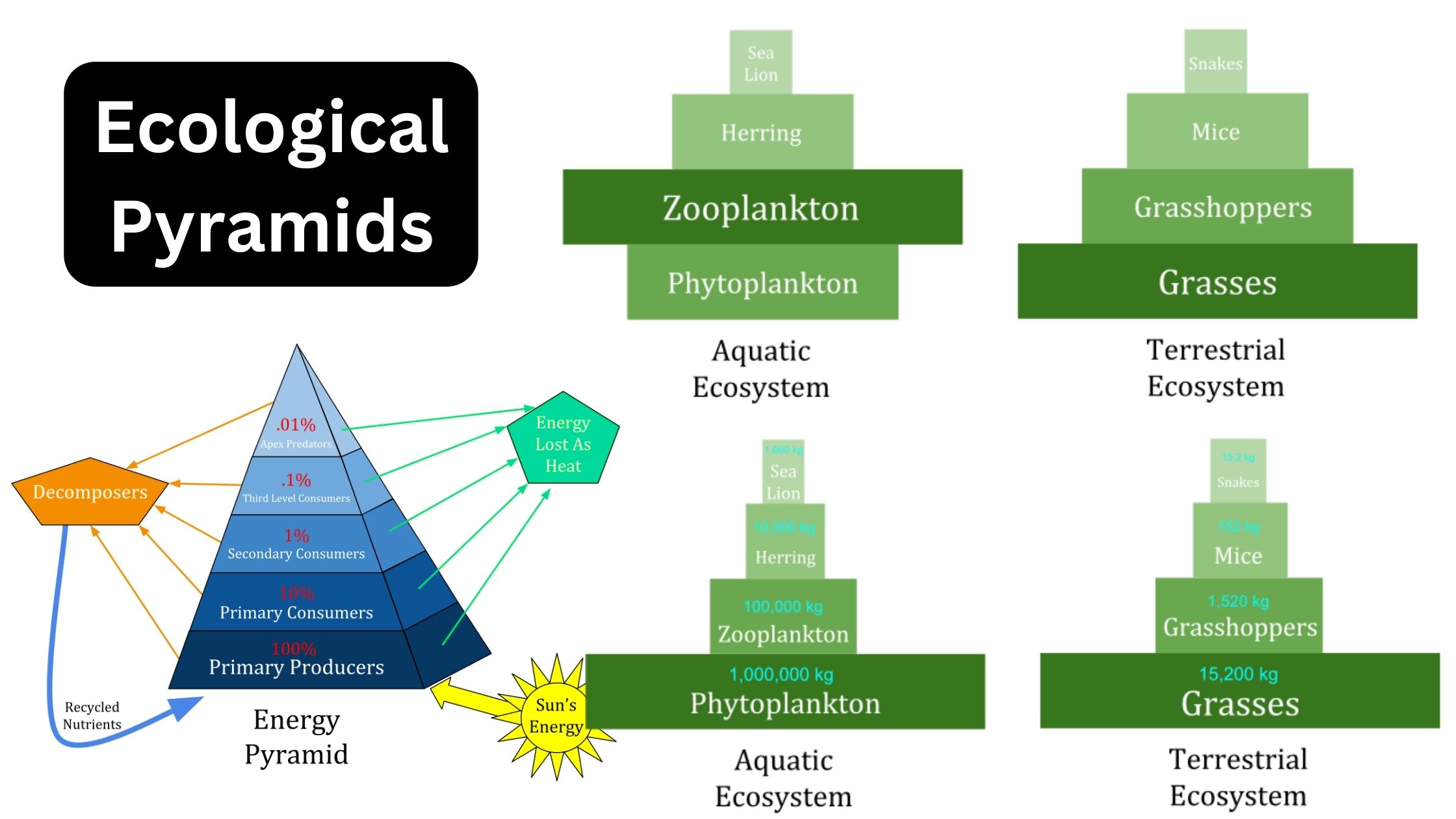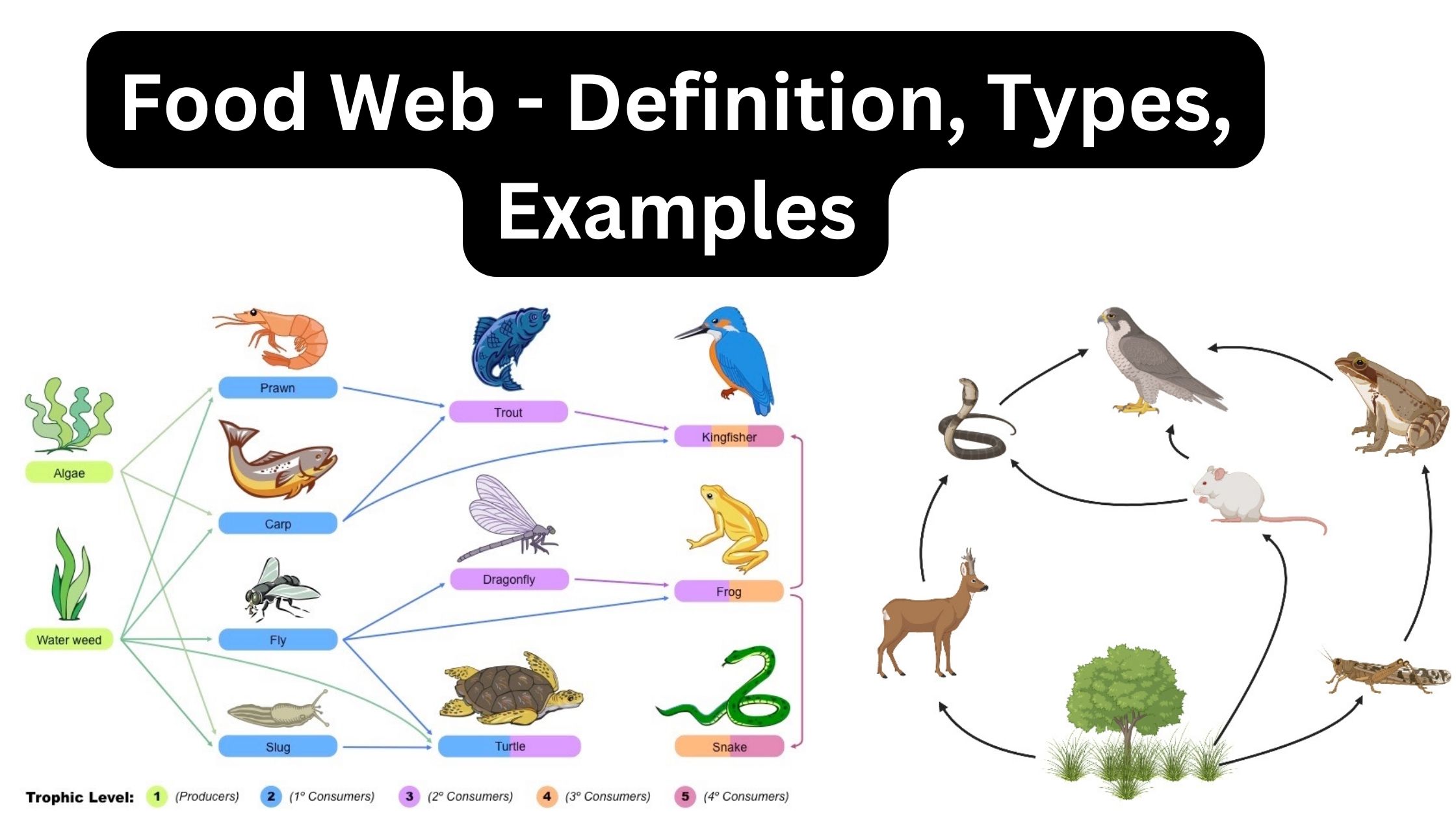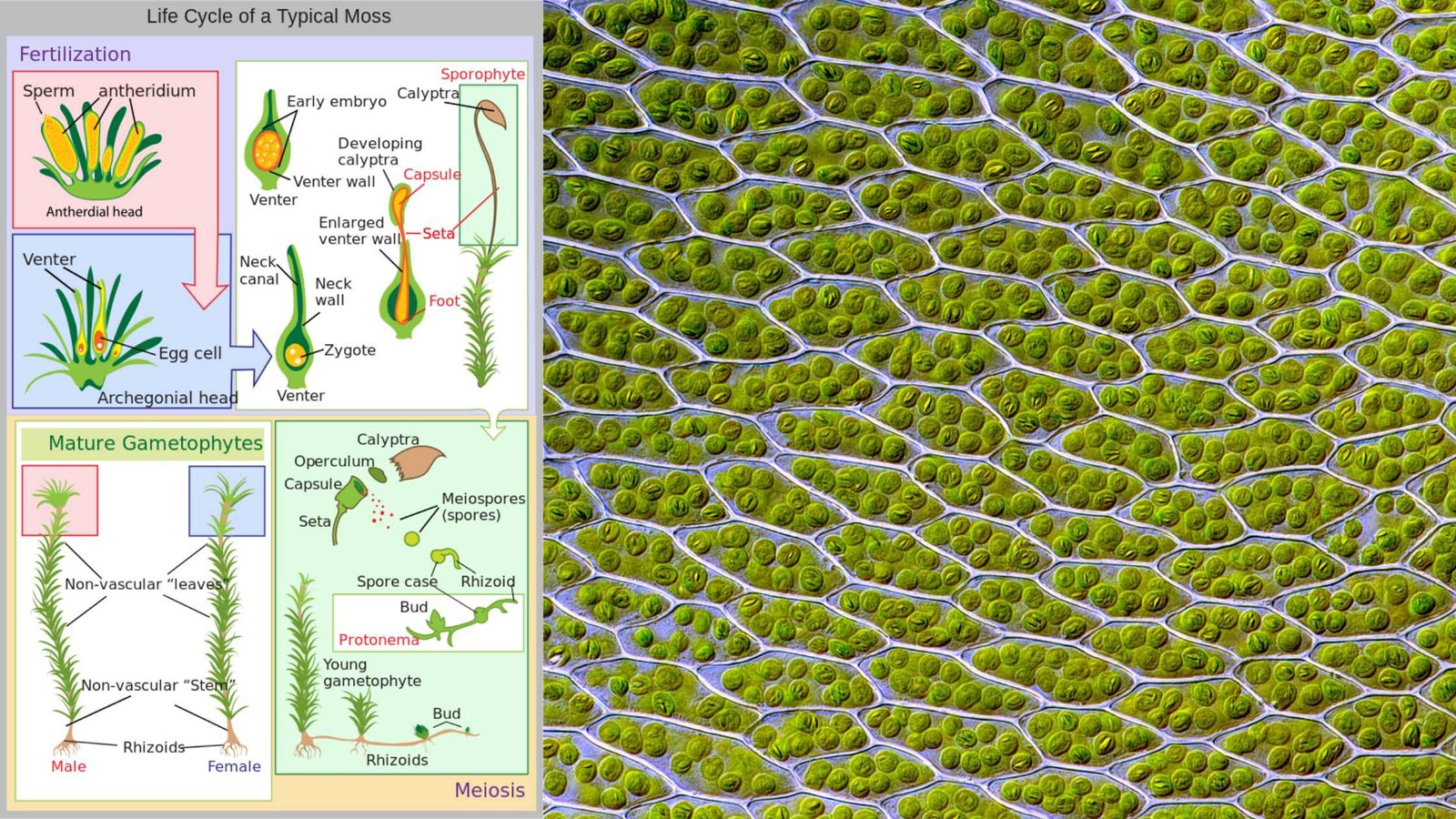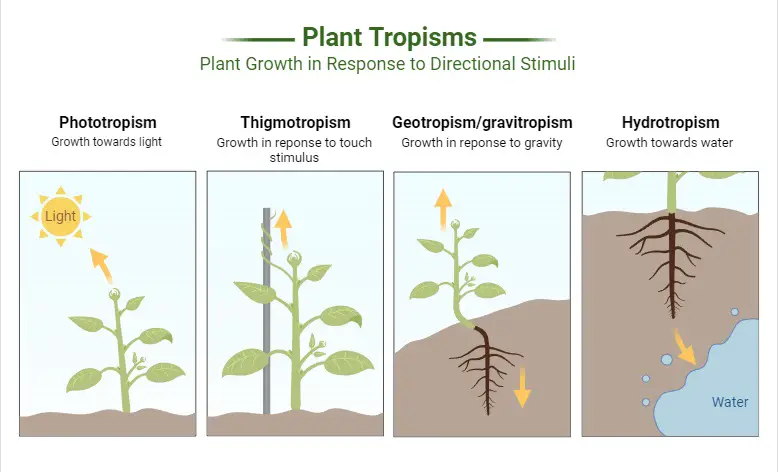Lotka Volterra equation for competition and Predation
The history of the Lotka-Volterra predator-prey model can be traced back to the early 20th century. Alfred J. Lotka, an American mathematician and biophysicist, first proposed the model in 1910 in the context of autocatalytic chemical reactions. The model was essentially a logistic equation, initially derived by Pierre François Verhulst. In 1920, Lotka extended the … Read more
